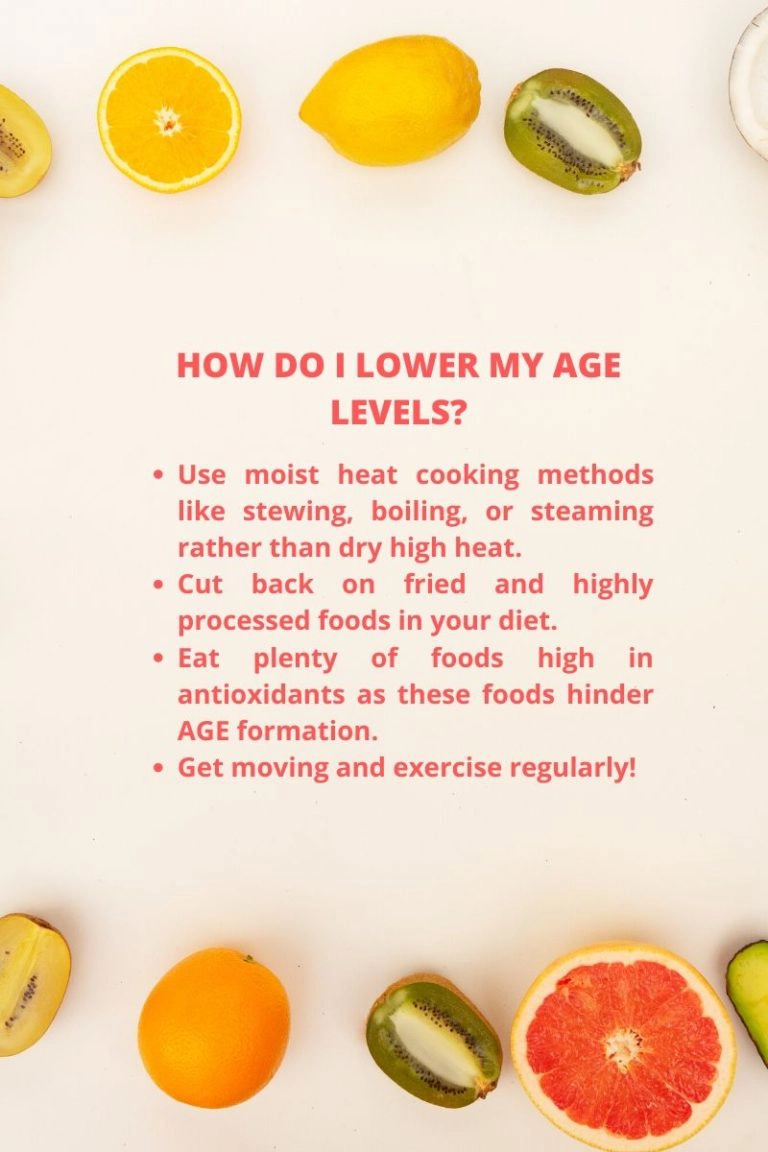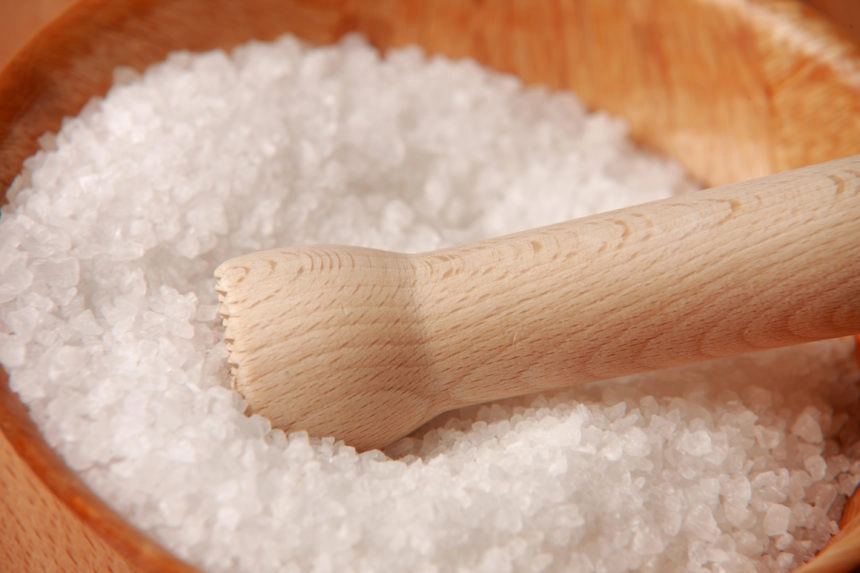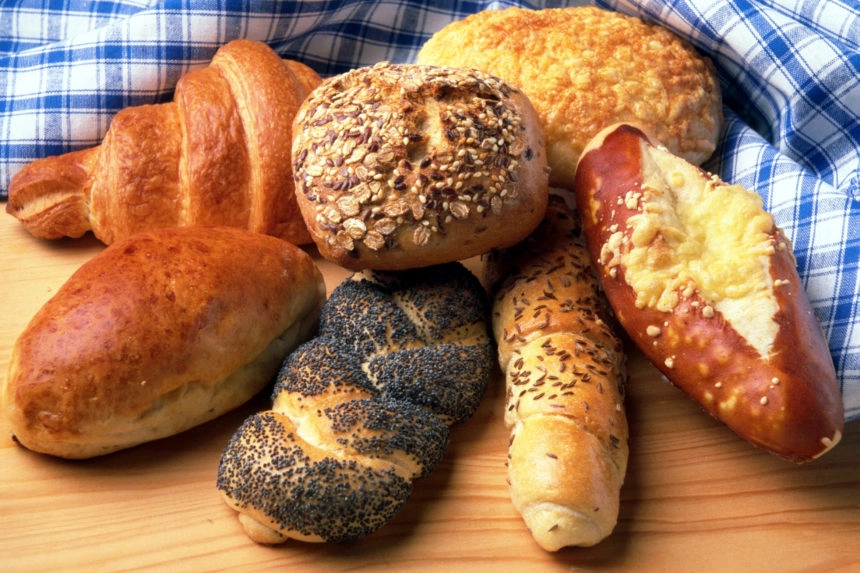Introduction
While there are many different types of arthritis, they all share 2 things in common – joint pain and inflammation!
Joint inflammation and pain are not fun things. Foods that cause inflammation may aggravate joint disease – this is one reason it’s so important to follow an anti-inflammatory diet.
Knowing which foods may worsen this condition can really help reduce your pain and suffering. Read on to find out more about the top 5 trigger foods for arthritis.
Processed and Fried Foods

Fried chicken may taste good, but may not be your best friend if you have inflammation. Processed foods and fried foods contain trans fatty acids as a preservative which can not only trigger inflammation but also harm your cardiovascular system.
Fried foods may have been cooked in peanut or soybean oils that are high in inflammatory omega-6 fatty acids. Cutting back on processed foods now may save you from a world of hurt later.
Avoid any foods labeled as containing “partially hydrogenated oils or fats.” A 2009 study found that by just eating less fried or processed food, you may actually reduce inflammation and restore your body’s natural defenses.
Advanced Glycation End Products (AGEs)
Advanced Glycation End Products are found in foods that have been grilled, fried, blackened, or pasteurized. They form when a protein or fat combines with sugar in the bloodstream — a process known as glycation. While naturally occurring in uncooked animal proteins, cooking results in the formation of new AGEs in food.
These toxins can damage a certain protein in your body. When your body sends out one of its inflammatory messengers known as cytokines to repair it, inflammation and an arthritic flare may result.
AGEs cause cell damage in the body resulting in oxidative stress and chronic inflammation. High levels of AGEs have been linked to chronic conditions such as diabetes, heart disease, kidney failure and Alzheimers.
To lower your AGE levels:
- Use moist heat cooking methods like stewing, boiling, or steaming rather than dry high heat.
- Cut back on fried and highly processed foods in your diet.
- Eat plenty of foods high in antioxidants as these foods hinder AGE formation.
- Get moving and exercise regularly to help reduce AGE formation.

Sugar and Joint Pain

Sadly, sugar is a major contributor to muscle and joint inflammation. As we all know, there is nothing sweet about inflammation! Why is this so?
High sugar intake can flood your body with insulin and stress hormones that my trigger inflammation in your joints and organs. Joint pain is your body’s way of telling you that inflammation is present.
Therefore, it’s super important to limit sugar intake or eliminate it from your diet entirely. But how, it’s in everything, right? Sugar goes by many names, so be sure to be on the lookout when you’re reading food labels for the following:
- Sucrose
- High fructose corn syrup (HFCS)
- Agave nectar
- Beet sugar
- Black strap molasses
- Brown sugar
- Carob sugar
- Sorghum syrup
- Maltodextrin
- Glucose
- Dextrose
- Lactose
- Barley malt
- Fructose
- Galactose
- D-ribose
- Corn syrup
- Brown rice syrup
And this is not even a comprensive list — I think there are around 56 different names for sugar! It definitely pays to read food labels if you buy packaged products with added sugar.
Salt and Other Preservatives

Salt and other preservatives help prolong the shelf life of packaged goods. Excess salt consumption may result in joint inflammation, plus a whole host of other inflammatory conditions — high blood pressure, heart disease, and osteoporosis are just a few.
Those with rheumatoid arthritis taking corticosteroids may feel sodium’s effects even more as these drugs cause the body to retain sodium.
However, cutting back on sodium in your diet is definitely doable. Below are some easy ways to cut back on dietary sodium.
- Replace salt with herbs and spices for seasoning. Salt is an acquired taste and it may take your taste buds a little while to adjust to this substitution, but don’t give up! Keep experimenting to find which herb/spice combo works for you. Basil, garlic, rosemary, sage, cinnamon, parsley, and turmeric are good anti-inflammatory herbs.
- Try a salt substitute. There are a whole host of brands on the market, however, be sure to check with your doctor if you have kidney disease as these can affect your potassium levels. Also, with thyroid disease be cautious since salt substitutes may contain dried seaweed or yeast which may adversely impact thyroid function.
- Don’t forget to always rinse your canned vegetables. This simple act can reduce their sodium content by 50%.
- Choose fresh fruits and vegetables over canned or processed foods. Fresh foods are naturally low in sodium.
- Use fewer condiments. For example, ketchup, mustard, soy sauce, and steak sauce are often high in sodium. While the low sodium varieties are lower in salt, you a still getting a significant amount of sodium per serving.
- Always read the food label on any canned or packaged food you buy from the grocery store. If sodium is one of the first 5 ingredients, the item is probably high in sodium. On food labels look for the following: low sodium = 140 mg or less per serving; very low sodium = 35 mg or less per serving; sodium–free = 5mg or less per serving.
- Lastly, take the salt shaker off the table. If it’s not there, you won’t use it!
MSG

FMSG, (monosodium glutamate), is made by fermenting molasses, starch, or sugar cane. It’s used as a food additive to add flavor to processed foods and some Chinese food.
While it’s categorized as generally recognized as safe (GRAS) by the FDA, it’s not without controversy. Some feel the FDA’s oversight of GRAS foods is less than stellar, and these foods undergo less rigorous testing.
Chinese Restaurant Syndrome is a common reaction to MSG characterized by headache, sweating, chest tightness, and rapid heart rate. However, MSG consumption may aggravate chronic conditions like fibromyalgia, irritable bowel syndrome (IBS), diabetes, and osteoarthritis as well.
Gluten and Joint Pain

Gluten, a protein found in wheat, is an integral ingredient in such foods as breads and baked goods. However, it may be an arthritis trigger in sensitive people due to a pro-inflammatory reaction to the gluten proteins in wheat.
People with RA seem to be at a higher risk of having celiac disease or gluten sensitivity compared to those without RA.
If you have chronic joint inflammation, you may want to “eliminate” gluten from your diet temporarily — 30 days for example– to see if the joint pain improves or goes away.
However, some people’s joint pain may improve after just a few weeks off gluten, while others may take a few months to see improvement.
Gluten may not even be the issue for everyone – a wheat or lactose allergy may be the culprit; FODMAPS found in some fruits, grains, and vegetables could be what’s irritating the gut and causing inflammation.
If you suspect you may have celiac disease, it’s important to talk with your doctor and get tested as this may have serious complications if left untreated.
Also, consulting a registered dietitian before going on a special diet is a great idea so you’ll get started the right way and avoid falling into the nutritional abyss.
Alcohol
alcohol
Is happy hour over if you have RA? Mmmm, it depends. Study results vary but it appears to hinge on how much you drink and your prescription medications.
A 2015 study review indicates moderate alcohol take may actually lower inflammation markers such as C-reactive protein (CRP), tumor necrosis factor – alpha receptor 2 (TNF), and interleukin-6 (IL-6).
However, excessive intake — binge drinking — may increase inflammation, as it may cause liver and gut damage, resulting in inflammation of the entire body.
A 2014 study reviewed over multiple decades women diagnosed with RA, and found that moderate drinkers had a modestly lower risk of developing RA.
But, if you don’t drink don’t start, advises the Centers for Disease Control (CDC) because alcohol may cause health problems in some people, even if it doesn’t exacerbate your RA symptoms.
What is moderate alcohol intake, anyway? A moderate serving is 12 ounces of regular beer, 5 ounces of wine, and 1.5 ounces of spirits; the recommendation for women is 1 drink per day and 2 drinks per day for men.
Certain medications don’t pair well with alcohol, so always check with your doctor if it’s safe to drink, especially if you’re on DMARDs, NSAIDs, or acetaminophen. These drugs may increase your risk of liver damage or GI bleeding.
Below are some medications of concern:
methotrexate
leflunomide
ibuprofen
naproxen
Ultimately, the effect alcohol has may depend on the individual. If your joints are creaky and hurt after drinking a beer, it’s probably not your imagination — your body may be sensitive to beer and you shouldn’t drink it.
Likewise, others with RA may be able to tolerate a glass or two of wine without any obvious effect. Listen to your body!
Conclusion
Well, there you have it. The foods you eat and drink either fight inflammation or exacerbate it. It’s up to you to fuel your body with the right stuff and cut out the crap. Your joints will thank you!
***Disclaimer: This post is for informational purposes only and should not be construed as medical advice***
Tweet
Share
Pin
Share
arthritis#AGEs #arthritis #friedfoods #gluten #inflammation #jointpain #MSG #preservatives #worstfoodsforarthritis #processedfoods #salt #sugar
About the authorSusan Taylor, RDN LD is a registered dietitian / nutritionist with 20+ years experience in the nutrition field. Susan has worked in a variety of clinical settings including hospitals, longterm care, rehab, and private practice. She currently enjoys life in the Charleston, SC area and is always looking for ways to fit in a little more beach time.
Related Posts
bottles of various essential oils on countertop
August 16, 2019
7 Best Essential Oils for Arthritis Symptom Relief
Alcohol

Is happy hour over if you have RA? Mmmm, it depends. Study results vary but it appears to hinge on how much you drink and your prescription medications.
A 2015 study review indicates moderate alcohol take may actually lower inflammation markers such as C-reactive protein (CRP), tumor necrosis factor – alpha receptor 2 (TNF), and interleukin-6 (IL-6).
However, excessive intake — binge drinking — may increase inflammation, as it may cause liver and gut damage, resulting in inflammation of the entire body.
A 2014 study reviewed over multiple decades women diagnosed with RA, and found that moderate drinkers had a modestly lower risk of developing RA.
But, if you don’t drink don’t start, advises the Centers for Disease Control (CDC) because alcohol may cause health problems in some people, even if it doesn’t exacerbate your RA symptoms.
What is moderate alcohol intake, anyway? A moderate serving is 12 ounces of regular beer, 5 ounces of wine, and 1.5 ounces of spirits; the recommendation for women is 1 drink per day and 2 drinks per day for men.
Certain medications don’t pair well with alcohol, so always check with your doctor if it’s safe to drink, especially if you’re on DMARDs, NSAIDs, or acetaminophen. These drugs may increase your risk of liver damage or GI bleeding.
Below are some medications of concern:
- methotrexate
- leflunomide
- ibuprofen
- naproxen
Ultimately, the effect alcohol has may depend on the individual. If your joints are creaky and hurt after drinking a beer, it’s probably not your imagination — your body may be sensitive to beer and you shouldn’t drink it.
Likewise, others with RA may be able to tolerate a glass or two of wine without any obvious effect. Listen to your body!
Conclusion
Well, there you have it. The foods you eat and drink either fight inflammation or exacerbate it. It’s up to you to fuel your body with the right stuff and cut out the crap. Your joints will thank you!

